New Age Teaching
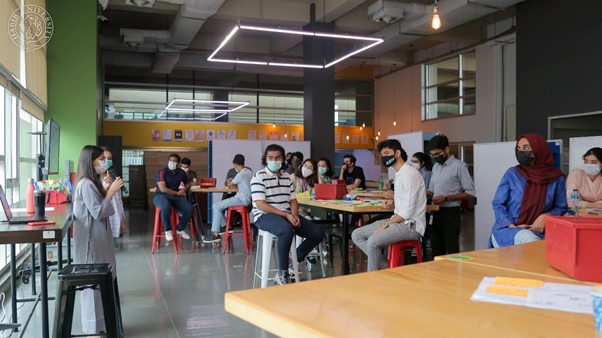 Talking about effective instructional strategies employed by different teachers, they include some of the following new and popular strategies: Student talk, high-interest motivators, inquiry-based learning and failure-friendly environment. Student talk allows students to talk through concepts, practices and understandings that they have learned and makes their thinking visible. High-interest motivators can include things like any physical object, interesting picture, smartboard, a quick video clip etc. Inquiry-based learning is learning through practical demonstration or discovering results of experiments, which turns out to be more meaningful and effective than reading about concepts in textbooks or hearing them explained by a teacher. A failure friendly environment is providing students with an environment where it is safe to fail.Read More
Talking about effective instructional strategies employed by different teachers, they include some of the following new and popular strategies: Student talk, high-interest motivators, inquiry-based learning and failure-friendly environment. Student talk allows students to talk through concepts, practices and understandings that they have learned and makes their thinking visible. High-interest motivators can include things like any physical object, interesting picture, smartboard, a quick video clip etc. Inquiry-based learning is learning through practical demonstration or discovering results of experiments, which turns out to be more meaningful and effective than reading about concepts in textbooks or hearing them explained by a teacher. A failure friendly environment is providing students with an environment where it is safe to fail.Read More
An Integrative Approach to Student Understanding and Learning
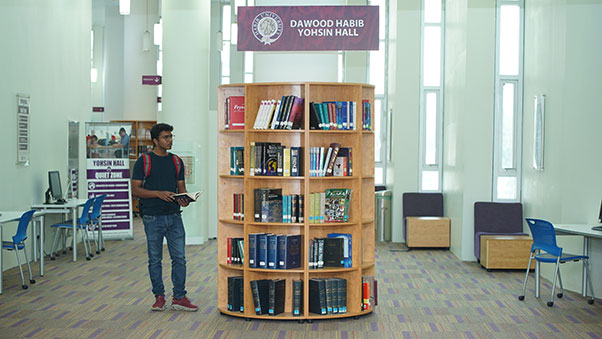 One-time delivery of student assignments is redundant and while multiple testing and submission attempts are beneficial. The practice of allotting a certain period of class time to activities that entail independent student work (that students are otherwise required to do on their own beyond their class time) should be introduced. Plans should be fully discussed with students on the first day of class to allow students to take ownership of their education. Read More
One-time delivery of student assignments is redundant and while multiple testing and submission attempts are beneficial. The practice of allotting a certain period of class time to activities that entail independent student work (that students are otherwise required to do on their own beyond their class time) should be introduced. Plans should be fully discussed with students on the first day of class to allow students to take ownership of their education. Read More
Learning Online/In-Person
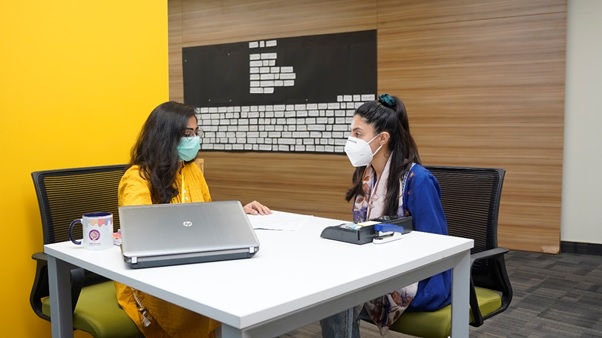 As part of higher education pedagogical innovation, learning about software tools that can help you improve your teaching experience (both online and in person) is pertinent.
Some professors may be hesitant to use internet technologies that might help them with their teaching. As a result, they should always be given the opportunity to learn these abilities anytime they choose, with no concern about previous level of expertise getting in the way. Such an option should not only be available to them at all times, but they should be actively encouraged to make use of it.
As part of higher education pedagogical innovation, learning about software tools that can help you improve your teaching experience (both online and in person) is pertinent.
Some professors may be hesitant to use internet technologies that might help them with their teaching. As a result, they should always be given the opportunity to learn these abilities anytime they choose, with no concern about previous level of expertise getting in the way. Such an option should not only be available to them at all times, but they should be actively encouraged to make use of it.
Remote Engagement, Multitasking and Camera Usage
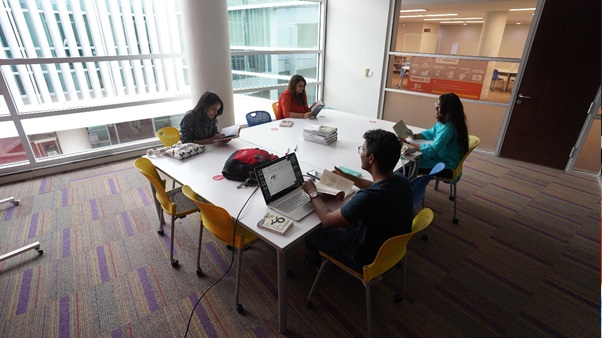 Remote engagement, social norms, etiquettes and best practices have all evolved during this era of change. Cameras are made to turn on and off according to changing circumstances. Privacy concerns pushes them to be turned off, accountability concerns make them be turned on. In such changing times, it is essential to identify evidence-based standards of behavior (using large scale and long-term studies) that create healthy academic communities. Multi-tasking is inevitable and student disengagement as a result is not well received by instructors. There is reliance on cameras as a measure for participant engagement on one hand and the insufficiency of it to promise engagement on the other. Read More
Remote engagement, social norms, etiquettes and best practices have all evolved during this era of change. Cameras are made to turn on and off according to changing circumstances. Privacy concerns pushes them to be turned off, accountability concerns make them be turned on. In such changing times, it is essential to identify evidence-based standards of behavior (using large scale and long-term studies) that create healthy academic communities. Multi-tasking is inevitable and student disengagement as a result is not well received by instructors. There is reliance on cameras as a measure for participant engagement on one hand and the insufficiency of it to promise engagement on the other. Read More
Mastery Learning
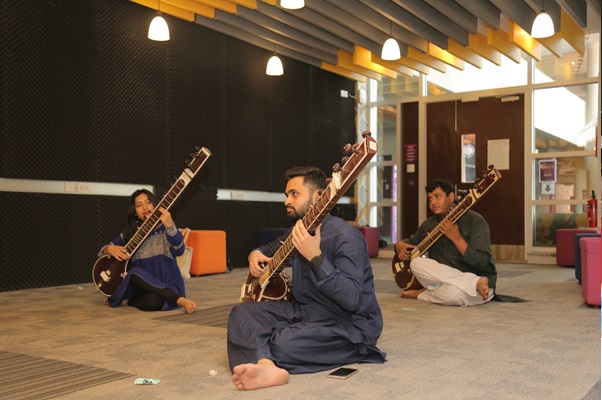 Mastery learning is allowing students to move forward and learn at their own pace as they master knowledge and skills on their way. The mastery learning model entails the following practices: diagnostic pre-assessment (which also identifies prerequisite skills), high-quality and group-based initial instruction, progress monitoring through regular formative assessments, high quality corrective instruction, Second parallel formative assessments and enrichment activities. Read More
Mastery learning is allowing students to move forward and learn at their own pace as they master knowledge and skills on their way. The mastery learning model entails the following practices: diagnostic pre-assessment (which also identifies prerequisite skills), high-quality and group-based initial instruction, progress monitoring through regular formative assessments, high quality corrective instruction, Second parallel formative assessments and enrichment activities. Read More
